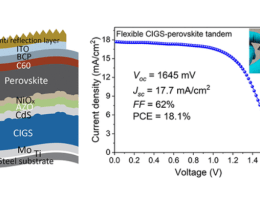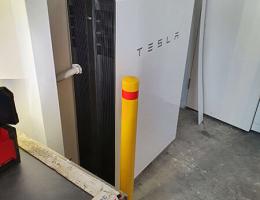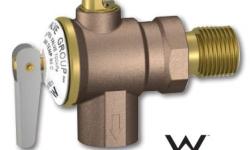
Missteps, mishaps and mistakes – don’t let it happen to you when you go offgrid. Here, Pure Electric* director and regular EG contributor, Matthew Wright, describes 11 problems to avoid when going offgrid.
|
STAYING CONNECTED
|
GENERATOR
|
GENERATOR UNUSED
|
|
SOLAR TOO SMALL
Generator use should be infrequent if you have the right sized solar system, ie a system that is sized for cloudy winter periods.
|
BATTERIES CYCLING TOO DEEPLY
|
HEAT
|

|
MONITORING
|
UPGRADES 8. Not having a plan for upgrades – what do you do if your usage is higher than expected? Generally, the answer would be first add more solar or else add more battery storage. Let’s hope the correct inverter has been chosen from the outset. Because replacing the microgrid inverter (which is the heart of the system) while it is still working is a big fail from a design perspective – and an economics fail for the consumer. Make sure you have an inverter that can handle future expansion. |
NO MEANS NO 9. Wind turbines and micro hydro: these will only work for 1 per cent of people. Most likely they won’t work for you. So if you’re not in a fantastic site for hydro or wind — and most people aren’t — then when the designer tells you ‘no’, you know it means ‘no’. |

|
HEATING OPPORTUNITIES
|
RUNNING EVERYTHING AT ONCE
|

SUMMARY
Have your off-grid system designed correctly with a generator, large expandable solar and an expandable battery bank. Have a generator that has a changeover switch so it can run everything without your solar system present (in case of solar system repairs) and can also support the batteries of your solar system when usage is higher than solar output.
Learn to monitor your system, and become as familiar with it as possible. If you do, it will become second nature knowing how many things you can run at the same time, when something is wrong and when you need to take action. And finally, choose your appliances wisely. If you do you can live with all the services and convenience of someone on the grid but in the off-grid location of your choice.
by Matthew Wright







